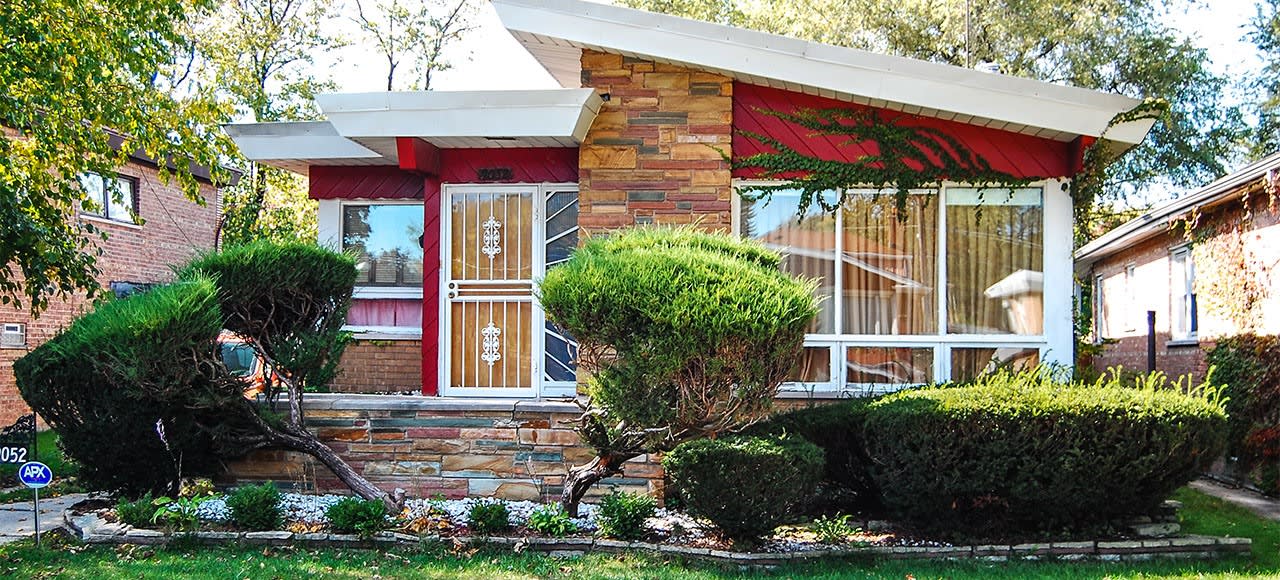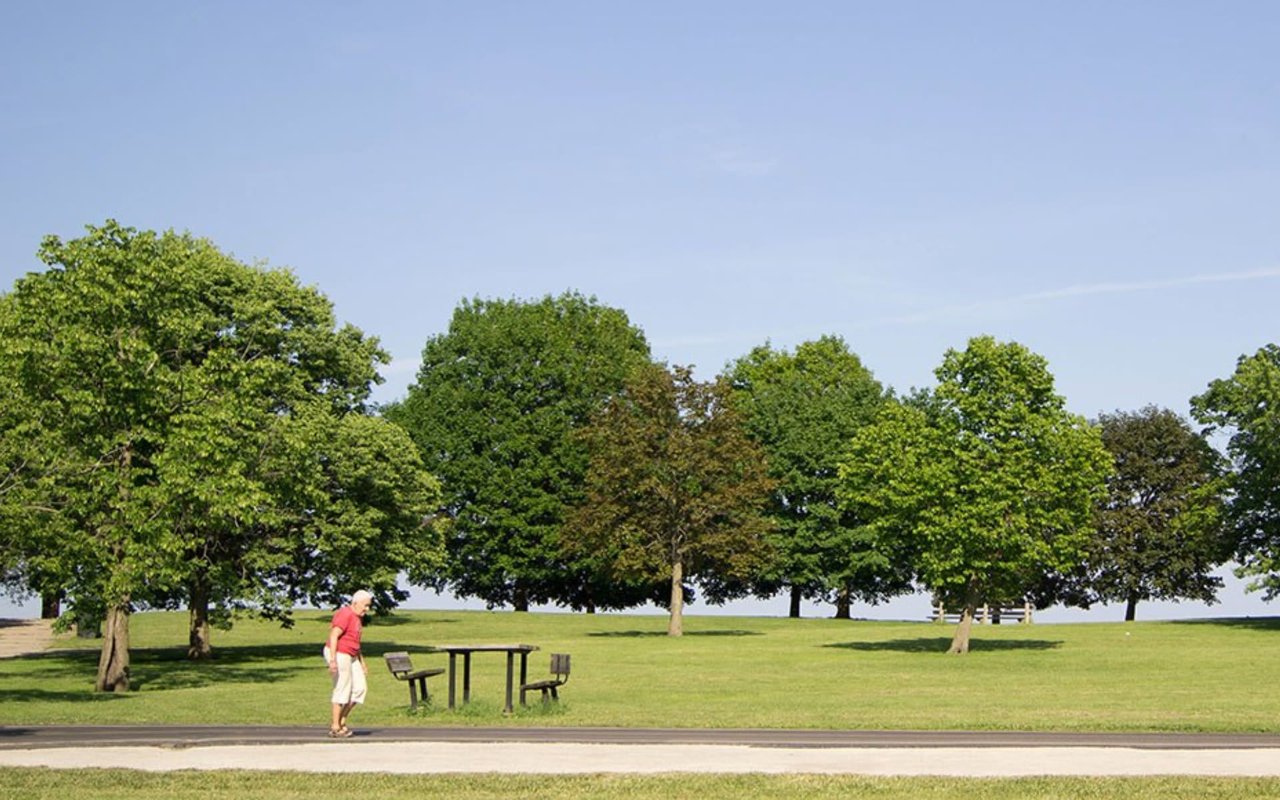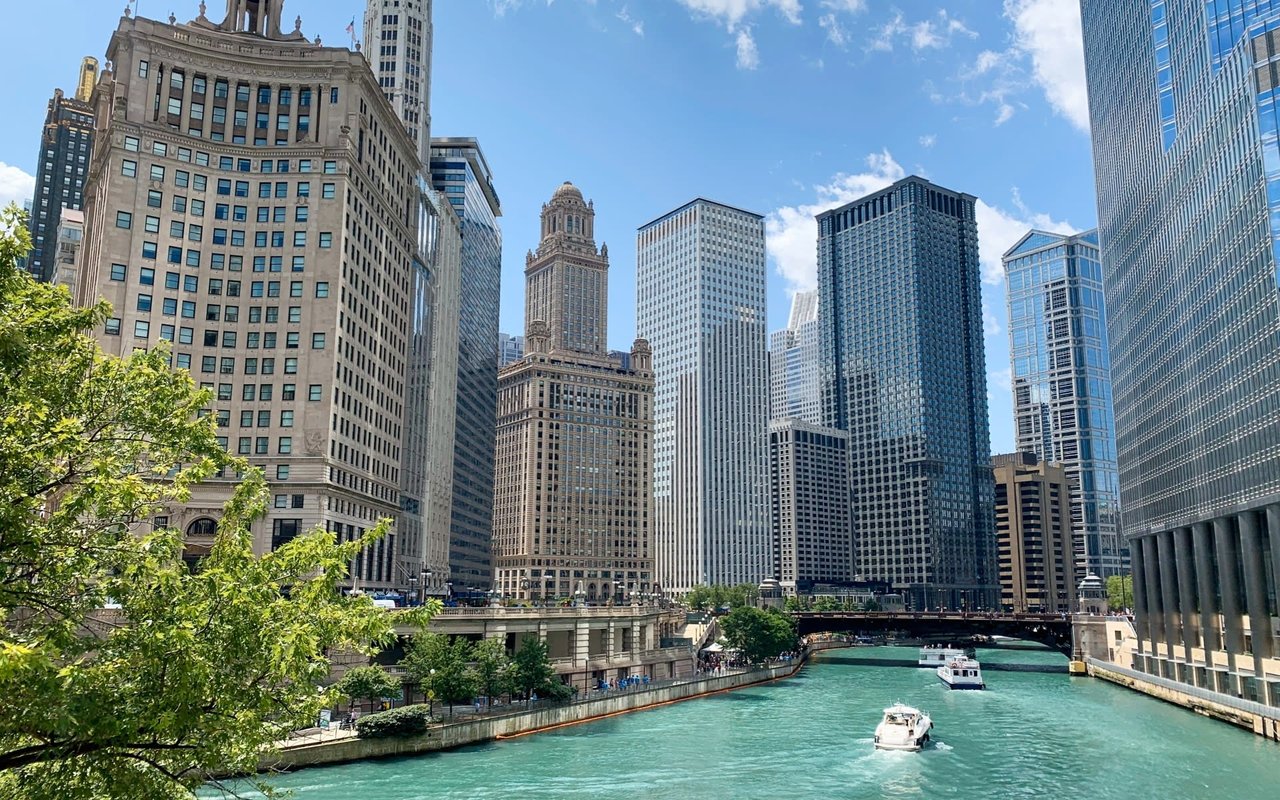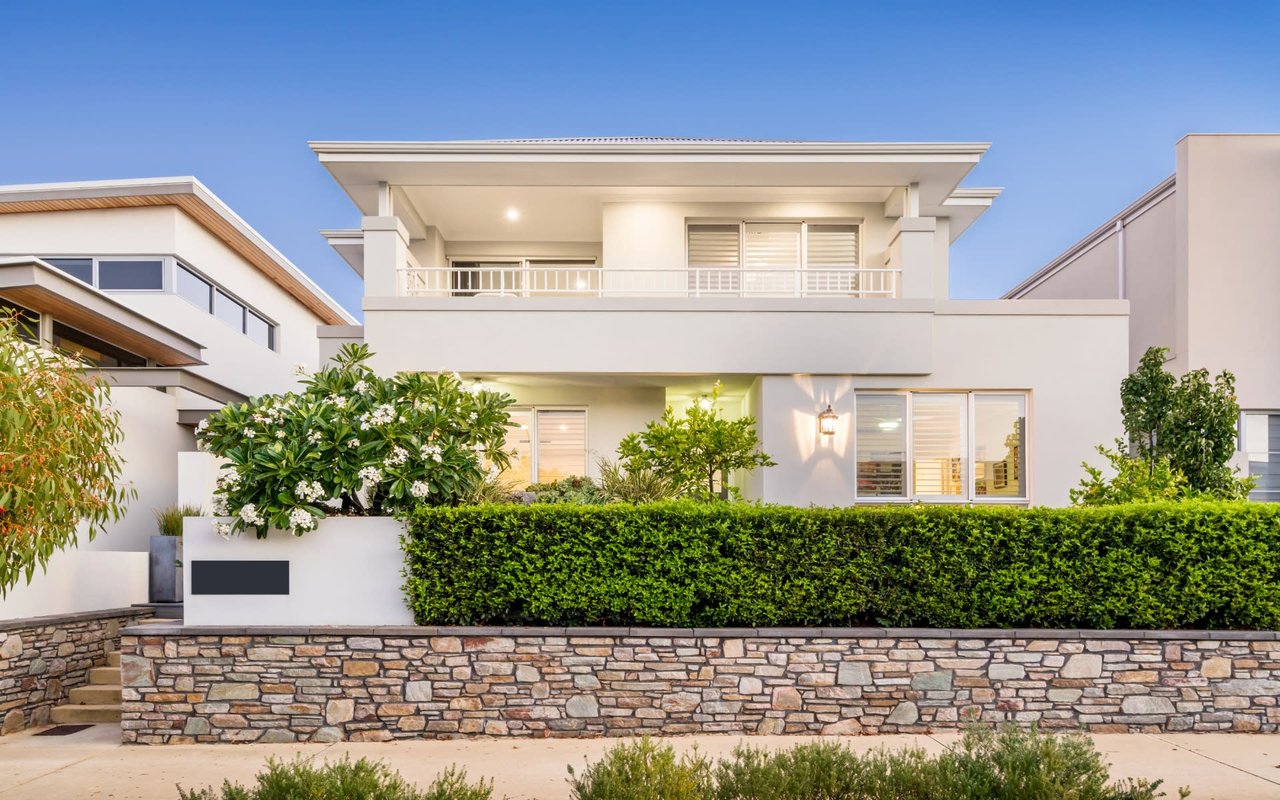9032 S. Chappel, built in 1953. A distinctive example of mid-century residential architecture in Calumet Heights. Photo by Eric Allix Rogers via Flickr, CC BY-NC-ND 2.0.
In this series of blog posts, we provide a summary of the neighborhoods where we’re currently listing and developing homes. In this post, I’ll be focusing on Calumet Heights Chicago.
Calumet Heights is the neighborhood between 87th Street on the north, South Chicago Avenue on the east, the railroad along 95th Street on the south, and another rail line on the west, past Stony Island Avenue.
Calumet Heights is often referred to as Pill Hill, an area named for the doctors that settled there in the 1960s. Pill Hill is actually a smaller neighborhood within Calumet Heights. It’s bounded by South Cregier Avenue on the west, 91st Street on the north, South Paxton Avenue on the east, and 95th Street on the south.
Calumet Heights is named for the nearby Calumet River as well as the height it derives from a ridge of Niagara limestone that runs through the area.
This neighborhood is residential, with the architecture of many homes reflecting the area’s heavy post-war and mid-century development. Yards are known to be well-kept, with topiary hedges a common form of landscaping.
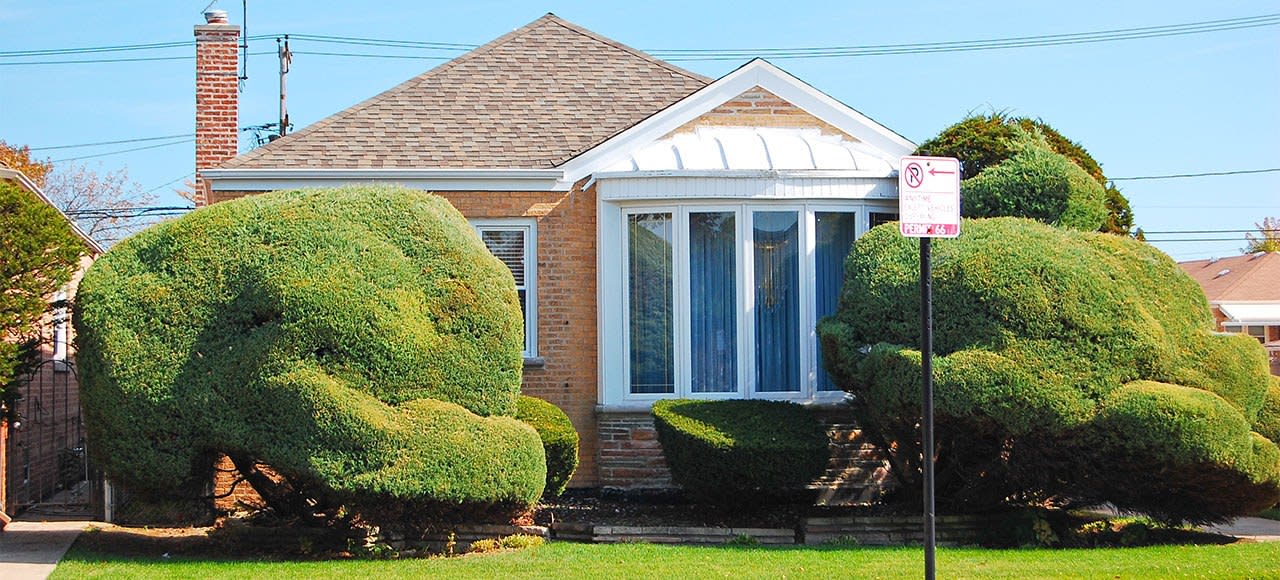
A Calumet Heights home on S Clyde with oversized topiary hedges. Built in 1954. Photo by Eric Allix Rogers via Flickr, CC BY-NC-ND 2.0.
Read on to see why it’s always a beautiful day in Calumet Heights.
Entertainment and Eating
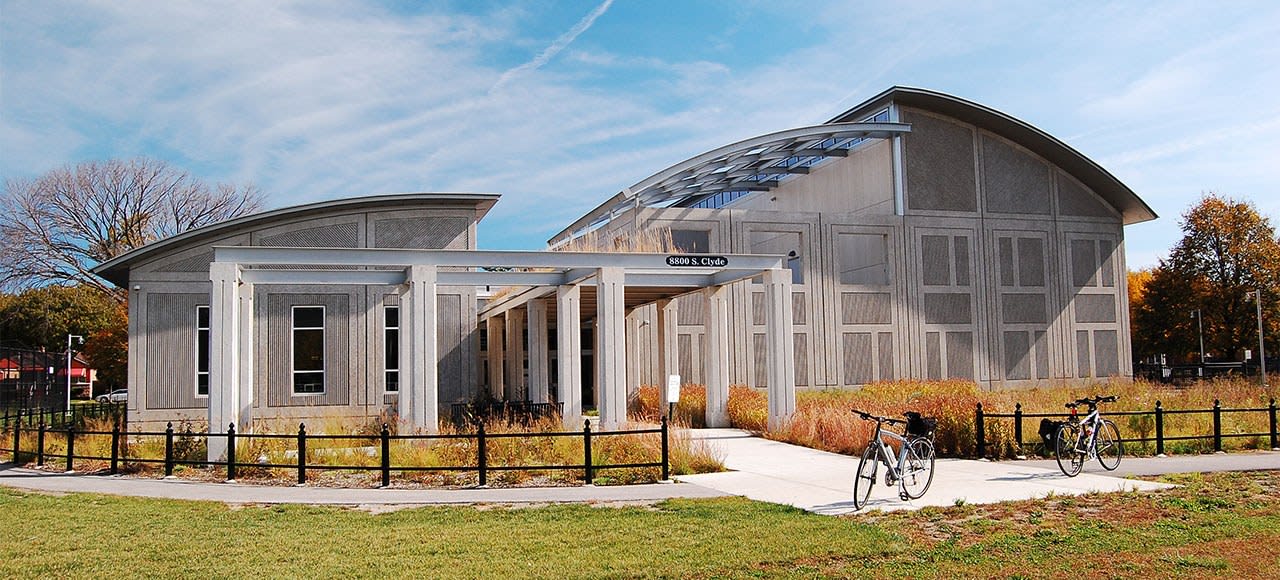
The field house at Jesse Owens Park, built in 2009. Photo by Eric Allix Rogers via Flickr, CC BY-NC-ND 2.0.
Jesse Owens Park is a cornerstone of the neighborhood. Established in 1947 as Stony Island Park, and renovated and renamed in 2006, Jesse Owens Park boast beautiful outdoor space across over 17 acres and a field house that was built in 2009. Outdoors, the park has sports facilities, open field, and an Olympic-themed playground. The field house has a gym, fitness center, and multi-purpose rooms.
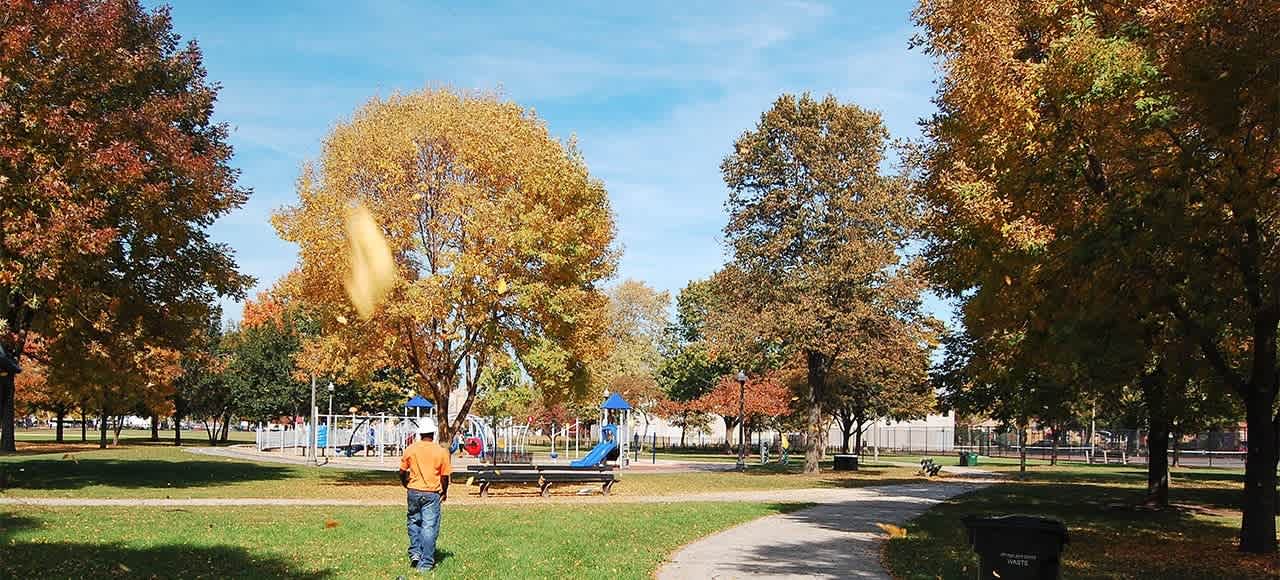
A path through Jesse Owens Park. Photo by Eric Allix Rogers via Flickr, CC BY-NC-ND 2.0.
There are a handful of restaurants along the business corridor on 87th Street, including the long-standing Thomas Restaurant. The original location of BJ’s Market & Bakery is just off of 87th Street on Stony Island Avenue, the neighborhood’s other thoroughfare. Taurus Market is a few blocks north and is known for takeout hoagies and hand-packed ice cream. They’ve been around since 1966. It’s officially outside of Calumet Heights’ borders, but is easily walkable. Also just outside of neighborhood boundaries is Calumet Fisheries, which has been serving smoked fish since 1948. They smoke all of their seafood onsite, using natural wood. Take-out only.
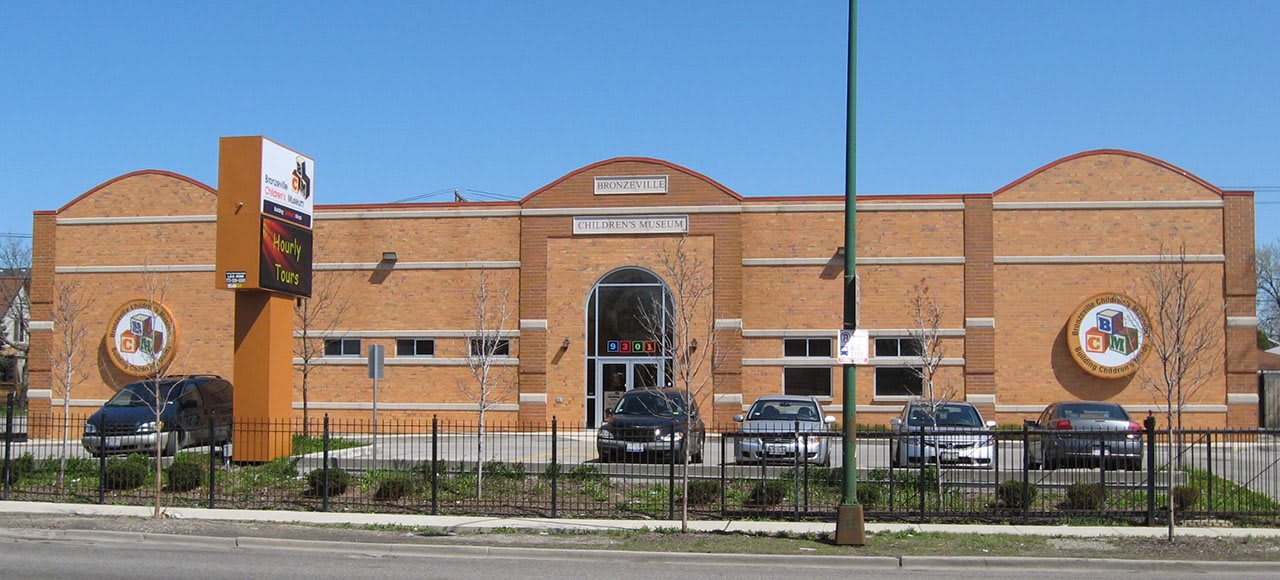
Bronzeville Children’s Museum. By Zol87 from Chicago, IL, USA, via Wikimedia Commons, CC BY-SA 2.0.
Bronzeville Children’s Museum, the first and only African American Children’s Museum in the country, is located in Calumet Heights. It was founded in 1993 and has exhibits for children ages 3 to 9.
The Numbers
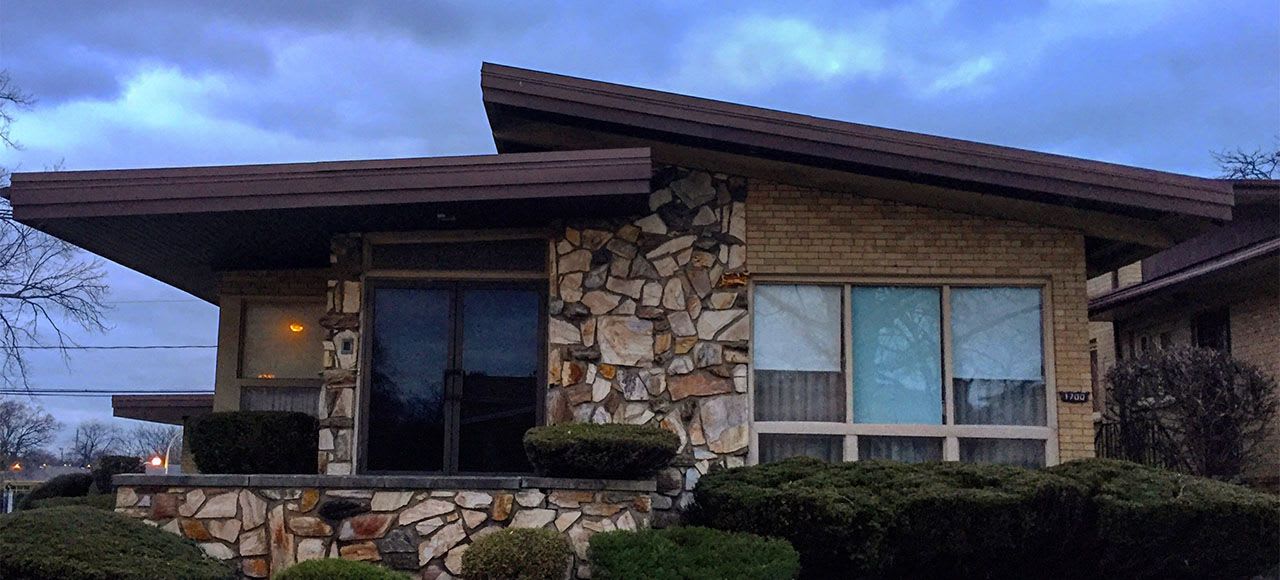
Residential architecture in Pill Hill. Photo by Eric Allix Rogers via Flickr, CC BY-NC-ND 2.0.
A typical commute to The Loop using public transportation from Calumet Heights is anywhere from 35 to 45 minutes, door to door. To O’Hare Airport, it’s about an hour and a half. By car, a typical drive to The Loop without traffic would take about 20 to 25 minutes, and a trip to O’Hare would be 30 to 45 minutes, sans traffic.
Walkscore.com grades Calumet Heights as somewhat walkable. The neighborhood has good public transit. Proximity to the South Chicago Metra station at 93rd, just outside of the neighborhood’s south end to the east, or the 87th Street station further north makes a difference on commute times. Finally, Calumet Heights is considered bikeable, with some bike infrastructure.
Home value data for Calumet Heights on Zillow is limited — I’d advise against extrapolating from it.
A Bit of History
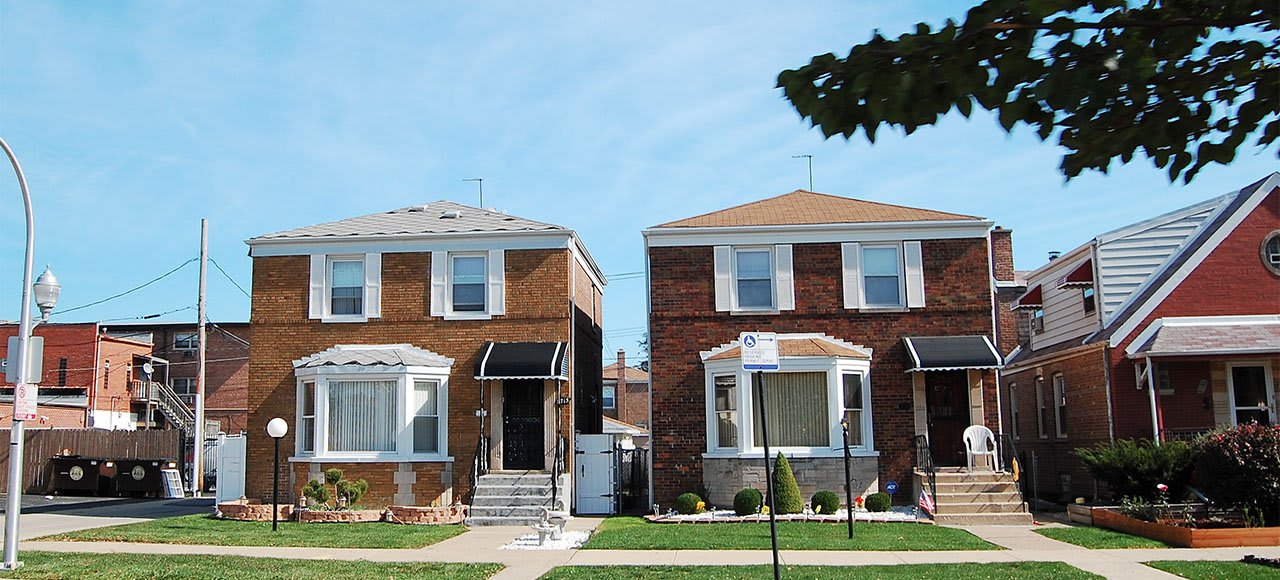
Homes on S Clyde. Built 1947. Photo by Eric Allix Rogers via Flickr, CC BY-NC-ND 2.0.
The area that is currently Calumet Heights remained largely unoccupied for most of the 19th century. A small settlement began to develop when rail yards were built at the area’s western border in 1881. Then, a quarry near 92nd Street encouraged more development. The Calumet Heights subdivision was created by real estate developer Samuel E. Gross in 1887.
The area was initially settled by Irish and German immigrants, who were joined and/or replaced by Italian, Polish, and Yugoslavian immigrants in the 1920s. Growth nearly stopped during the Great Depression, then boomed in the postwar years. The 92nd Street quarry was filled in for the sake of residential development. As noted earlier, architecture from the 1940s and 50s is common today.
Most of the doctors that settled in Pill Hill arrived in the 1960s to work at the South Chicago Community Hospital, which is now Advocate Trinity Hospital. It’s just east of Pill Hill. Many Pill Hill homes were built on Stony Island Ridge, a limestone feature that was once an island when the glacial Lake Chicago covered the area thousands of years ago. The story goes that early pioneers called the hill Stony Island because it was raised so far above the surrounding prairie.
African Americans began to move into the neighborhood in the 1960s and made up more than 86% of the population by 1980. The neighborhood remained middle class through that time and up to today. There are a large number of single family homes, the vast majority of which are owner-occupied.
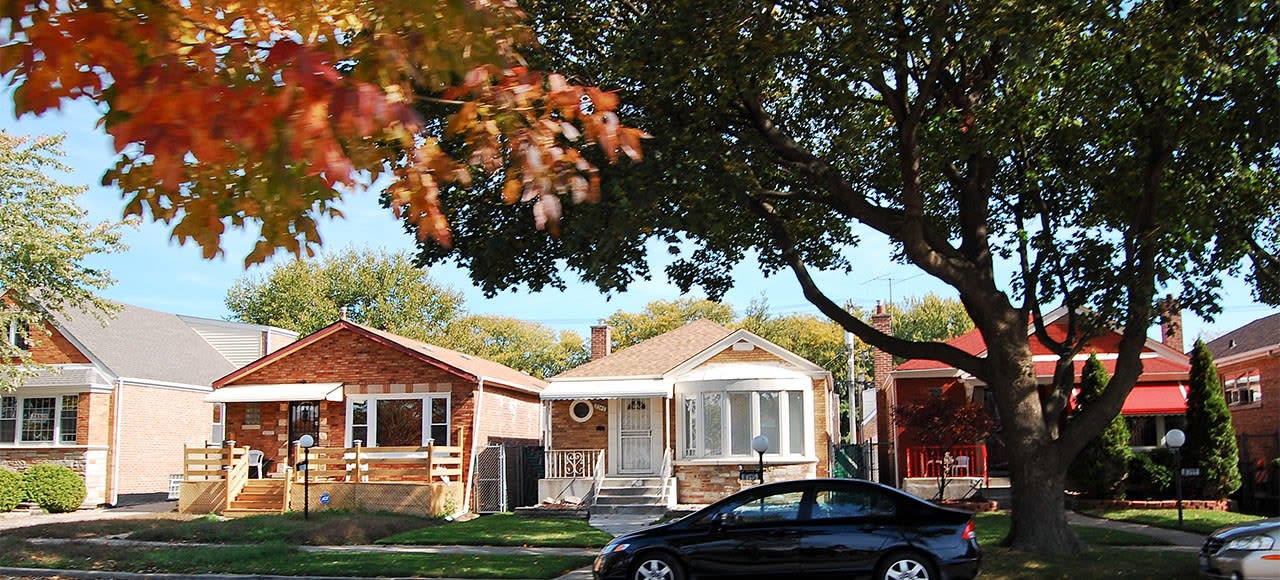
Homes overlooking Jesse Owens Park at 8745 S Clyde. Built 1952. Photo by Eric Allix Rogers via Flickr, CC BY-NC-ND 2.0.
If you’d like to learn more about Calumet Heights, I recommend exploring the following resources:
- The Encyclopedia of Chicago Calumet Heights entry
- WGNTV’s feature on Calumet Heights (from September 2017)
- Chicago Magazine’s 2010 write-up on Calumet Heights as part of its ’20 Best Towns and Neighborhoods in Chicago and the Suburbs’ feature
Interested in living in Calumet Heights? Please contact me for more information on buying a home and putting down roots in the area. My partners and I are working on rehabbing some homes in the neighborhood, and I can give you early access.
